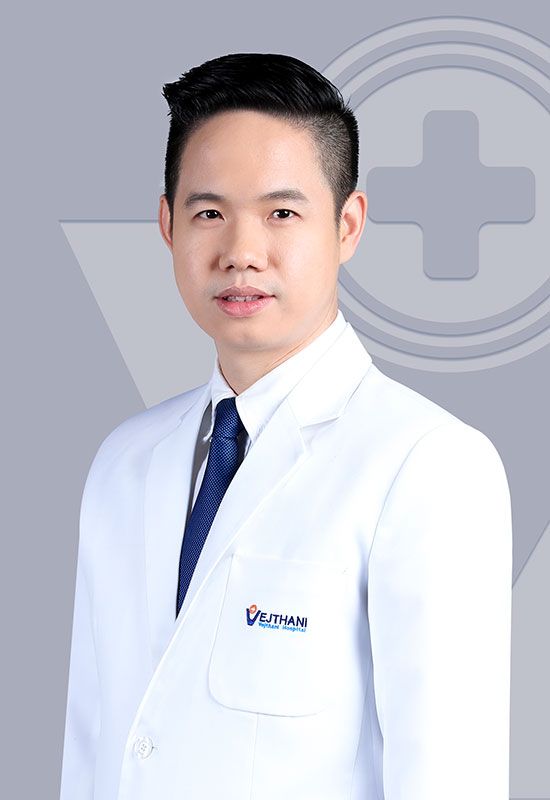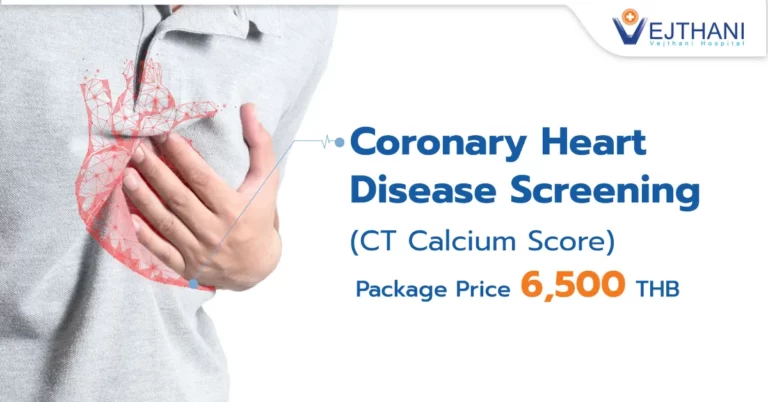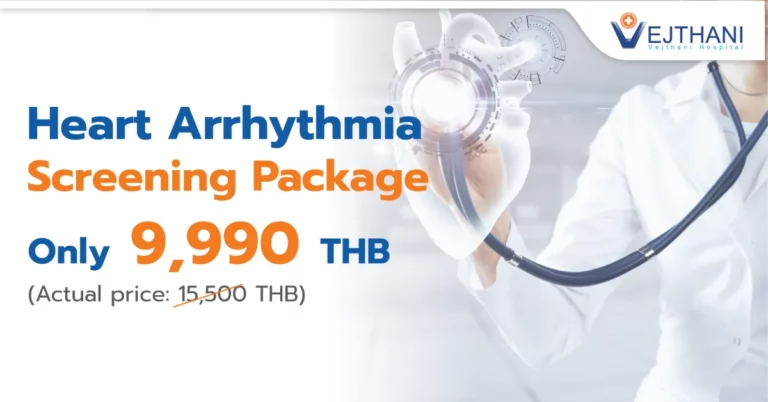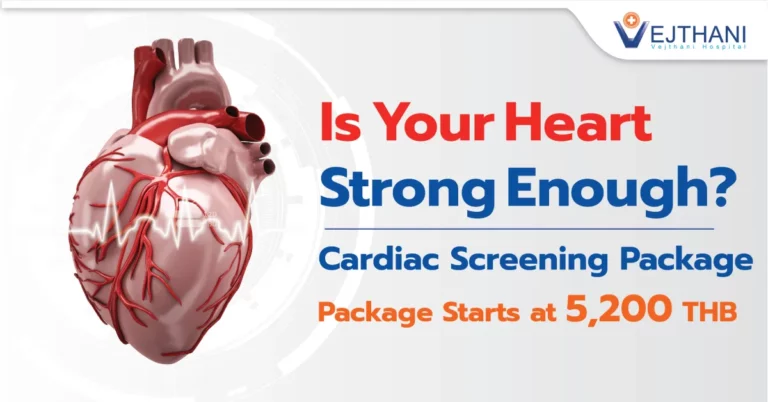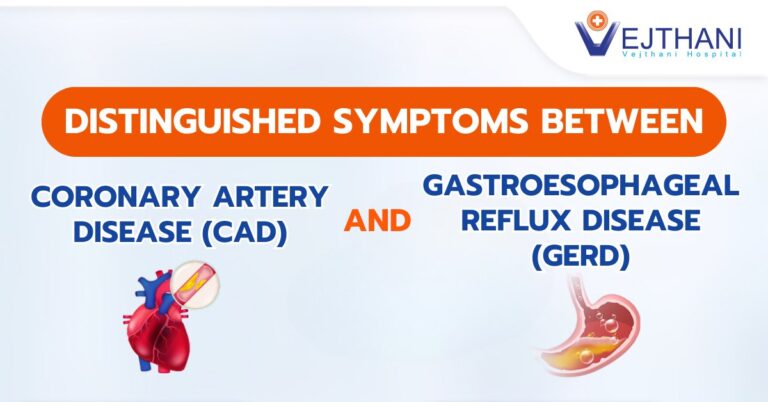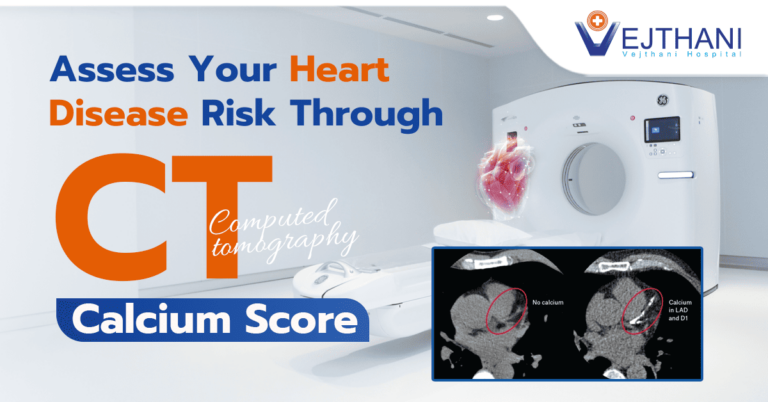
Health Articles
Unexpected Heart Danger! ‘Back Pain, Abdominal Discomfort’


Unexpected Heart Danger! ‘Back Pain, Abdominal Discomfort’
Chest discomfort, shortness of breath, palpitation and loss of consciousness usually describes a cardiovascular problem but there are other unexpected symptoms that relates to this abnormality which includes ‘abdominal discomfort, back or waist pain.’ The symptoms seem quite not related to a heart problem leading people to misunderstand and ignore the diagnosis and treatment.
Cardiovascular Disease and its Unexpected Symptoms
Common Symptoms
- Chest pain or discomfort
- Fatigue
- Palpitation
- Syncope or loss of consciousness
Rare Symptoms
- Abdominal pain especially around the xiphoid process
- Palpable lump in the stomach
- Back pain
- Waist pain
‘Back pain and abdominal pain’ can be a sign of Aortic Aneurysm
Symptoms such as chest discomfort, breathing difficulty, hoarseness, abdominal discomfort, stomachache, or palpable lump in the stomach may be a result of an aortic aneurysm that can occur along the part of the aorta passing through the chest or the abdomen.
The symptoms shouldn’t be left untreated; having an aortic aneurysm increases the risk of aneurysm rupture and cause acute chest tightness which spreads to the back, serious acute stomachache, pale, hypotension, lightheadedness, syncope or sudden death.
Aortic Aneurysm Risk Factors
Patients with aortic aneurysm condition most commonly found in elderly men with heavy tobacco usage; also, in patients who have some diseases such as hypertension, dyslipidemia, and some infectious disease.
Having risk factors and experiencing the mentioned abnormalities need immediate medical care to run physical exam or other necessities; for example, Chest X-Ray, Echocardiography, Ultrasound of the Abdomen or Computed Tomography of the Aorta (CT).
Aortic Aneurysm Treatment
The primary purpose of treating an aortic aneurysm is preventing the aneurysm from tear or rupture that leads to death. A specialist needs to evaluate various conditions such as the location and size of the aortic aneurysm which have pressure effect to nearby organs, age and underlying diseases of each patient to plan for the most effective treatment. Currently, there are 2 treatment methods available:
1.Open Abdominal Surgery: is a conventional standard of treatment wherein the surgeon needs to order general anesthesia and make a large incision on the abdomen to expose the aorta and repair the aneurysm with an artificial graft of an artery.
2.Endovascular Repair: a minimally invasive surgery option which requires a specialized surgeon to perform this procedure. The expert surgeon inserts a flexible wire to replace the aortic aneurysm in the abdomen though a tiny opening by cutting on groin area. This procedure offers minimally invasive, less pain, quick recovery as well as maximize the patient’s health and minimize complication and death rate. Though, a patient with particular conditions may not be able to receive the endovascular repair.
Moreover, it is necessary for patients who have received the treatment to follow up their condition and control risk factors such as stop smoking, stable blood pressure and dyslipidemia control. Seniors over 65 years old with smoking habits are suggested to receive aortic aneurysm screening with an abdominal ultrasound scan. Early detection of aneurysm benefits the treatment plan and prevents life loss.




















